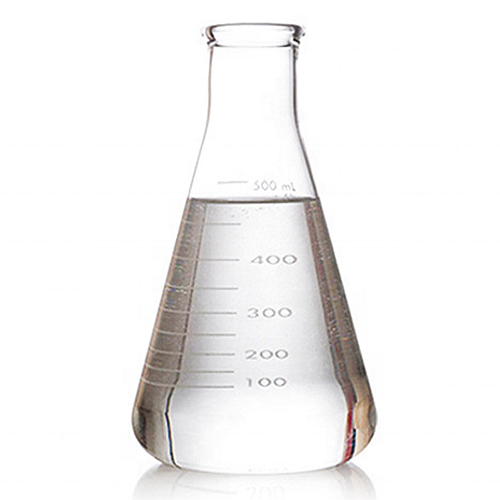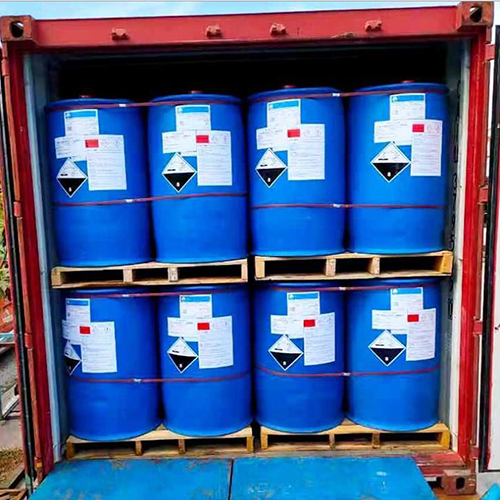Glycerol is an organic substance with a chemical formula of C3H8O3 and a molecular weight of 92.09. It is colorless, odorless and sweet in taste. The appearance of glycerol is clear and viscous liquid. Glycerin absorbs moisture from the air, as well as hydrogen sulfide, hydrogen cyanide, and sulfur dioxide. Glycerol is insoluble in benzene, chloroform, carbon tetrachloride, carbon disulfide, petroleum ether and oils, and is the backbone component of triglyceride molecules.
Glycerol Uses:
Glycerol is suitable for analysis of aqueous solutions, solvents, gas meters and shock absorbers for hydraulic presses, softeners, nutrients for antibiotic fermentation, desiccants, lubricants, pharmaceutical industry, cosmetic preparation, organic synthesis, and plasticizers.
Glycerol industrial use
1. Used in the manufacture of nitroglycerin, alkyd resins and epoxy resins.
2. In medicine, it is used to prepare various preparations, solvents, hygroscopic agents, antifreeze agents and sweeteners, and to prepare external ointments or suppositories, etc.
3. In the coating industry, it is used to prepare various alkyd resins, polyester resins, glycidyl ethers and epoxy resins.
4. In the textile and printing and dyeing industries, it is used to prepare lubricants, hygroscopic agents, fabric anti-shrinkage treatment agents, diffusing agents and penetrants.
5. It is used as a hygroscopic agent and solvent for sweeteners and tobacco agents in the food industry.
6. Glycerol has a wide range of uses in industries such as paper making, cosmetics, leather making, photography, printing, metal processing, electrical materials and rubber.
7. Used as antifreeze for automobile and aircraft fuel and oil field.
8. Glycerol can be used as a plasticizer in the new ceramic industry.
Glycerol for daily use
Food grade glycerin is one of the highest quality bio-refined glycerin. It contains glycerol, esters, glucose and other reducing sugars. It belongs to polyol glycerol. In addition to its moisturizing function, it also has special effects such as high activity, anti-oxidation, and pro-alcoholization. Glycerin is a sweetener and humectant commonly used in the food processing industry, mostly found in sports foods and milk replacers.
(1) Application in beverages such as fruit juice and fruit vinegar
Quickly decompose the bitter and astringent odors in fruit juice and fruit vinegar beverages, enhance the thick taste and aroma of the fruit juice itself, with bright appearance, sweet and sour taste.
(2) Application in fruit wine industry
Decompose tannins in fruit wine, improve the quality and taste of wine, and remove bitterness and astringency.
(3) Application in jerky, sausage and bacon industry
Locks in water, moisturizes, achieves weight gain and prolongs shelf life.
(4) Application in the preserved fruit industry
Locks water, moisturizes, inhibits heterosexual hyperplasia of tannins, achieves color protection, preservation, weight gain, and prolongs shelf life.
Field use
In the wild, glycerin can not only be used as an energy-supplying substance to meet the needs of the human body. Can also be used as a fire starter
Medicine
Glycerin replaces high-calorie carbohydrates and stabilizes blood sugar and insulin; glycerin is also a good supplement, and for bodybuilders, glycerin may help them transfer surface and subcutaneous water to the blood and muscles.
Plant
Studies have shown that some plants have a layer of glycerin on the surface, which enables plants to survive in saline-alkali soils.
Storage method
1. Store in a clean and dry place, pay attention to sealed storage. Pay attention to moisture-proof, waterproof, heat-proof, and it is strictly forbidden to mix with strong oxidants. Can be stored in tin-plated or stainless steel containers.
2. Packed in aluminum drums or galvanized iron drums or stored in storage tanks lined with phenolic resin. Storage and transportation should be moisture-proof, heat-proof and waterproof. It is forbidden to combine glycerol with strong oxidants (such as nitric acid, potassium permanganate, etc.). Storage and transportation according to general flammable chemicals regulations.
Post time: Oct-20-2022

